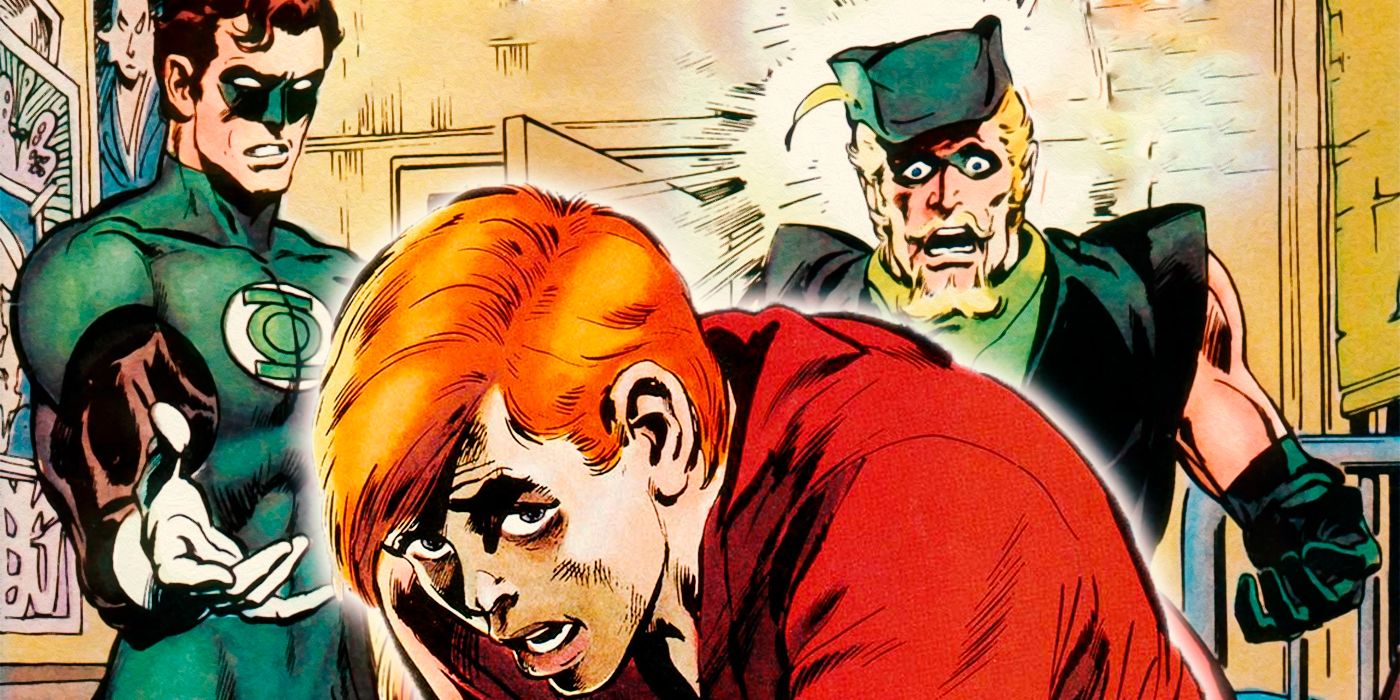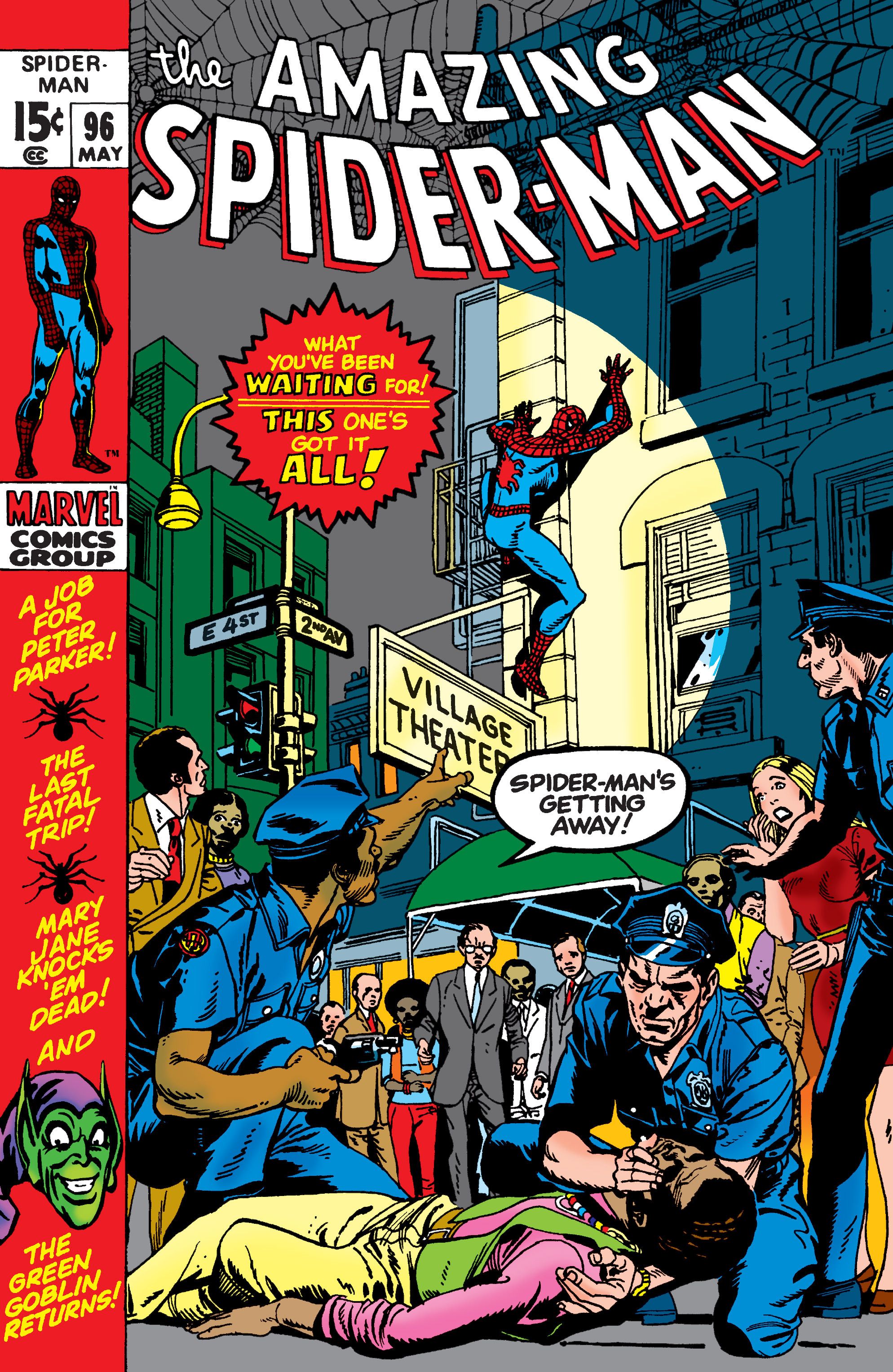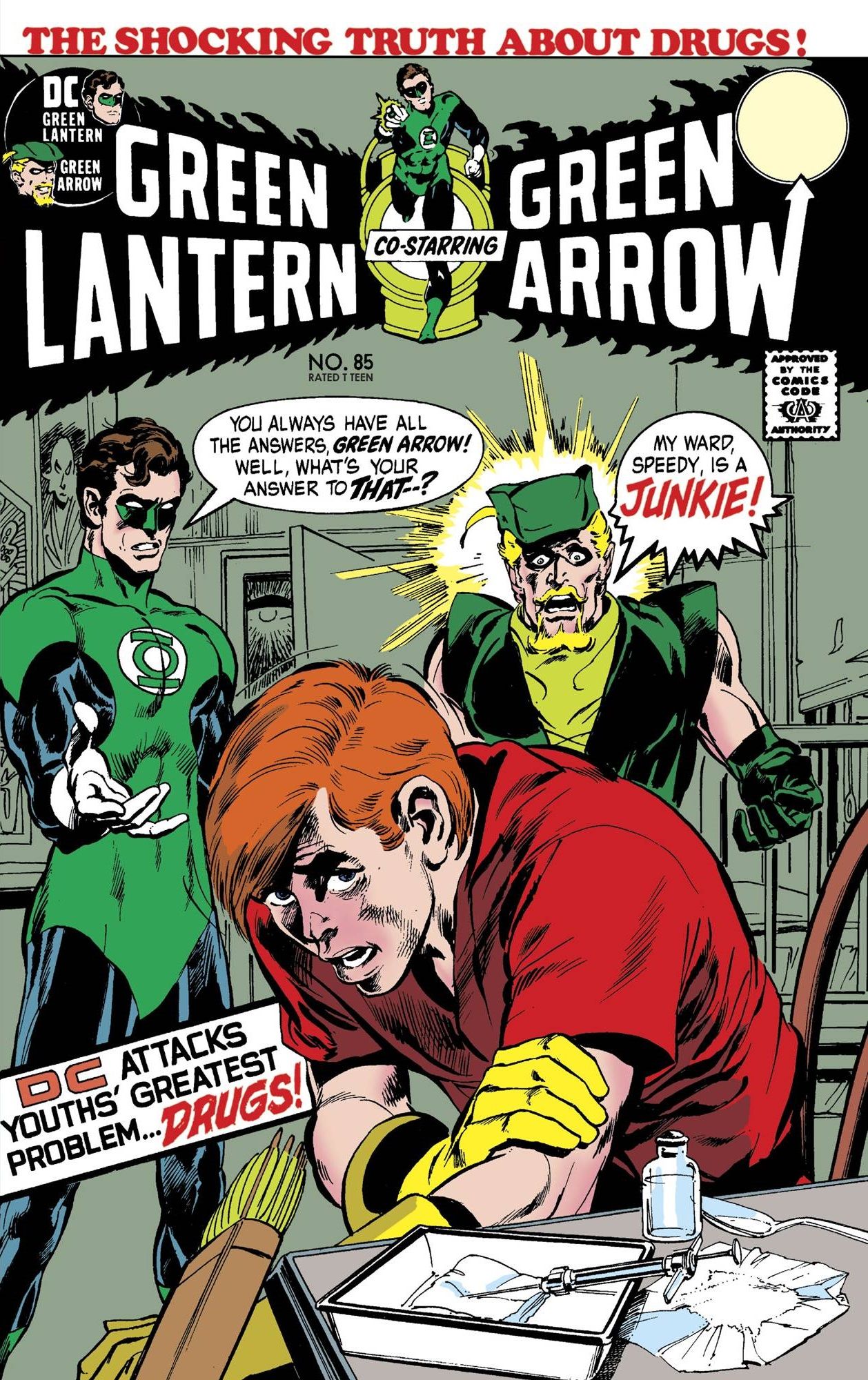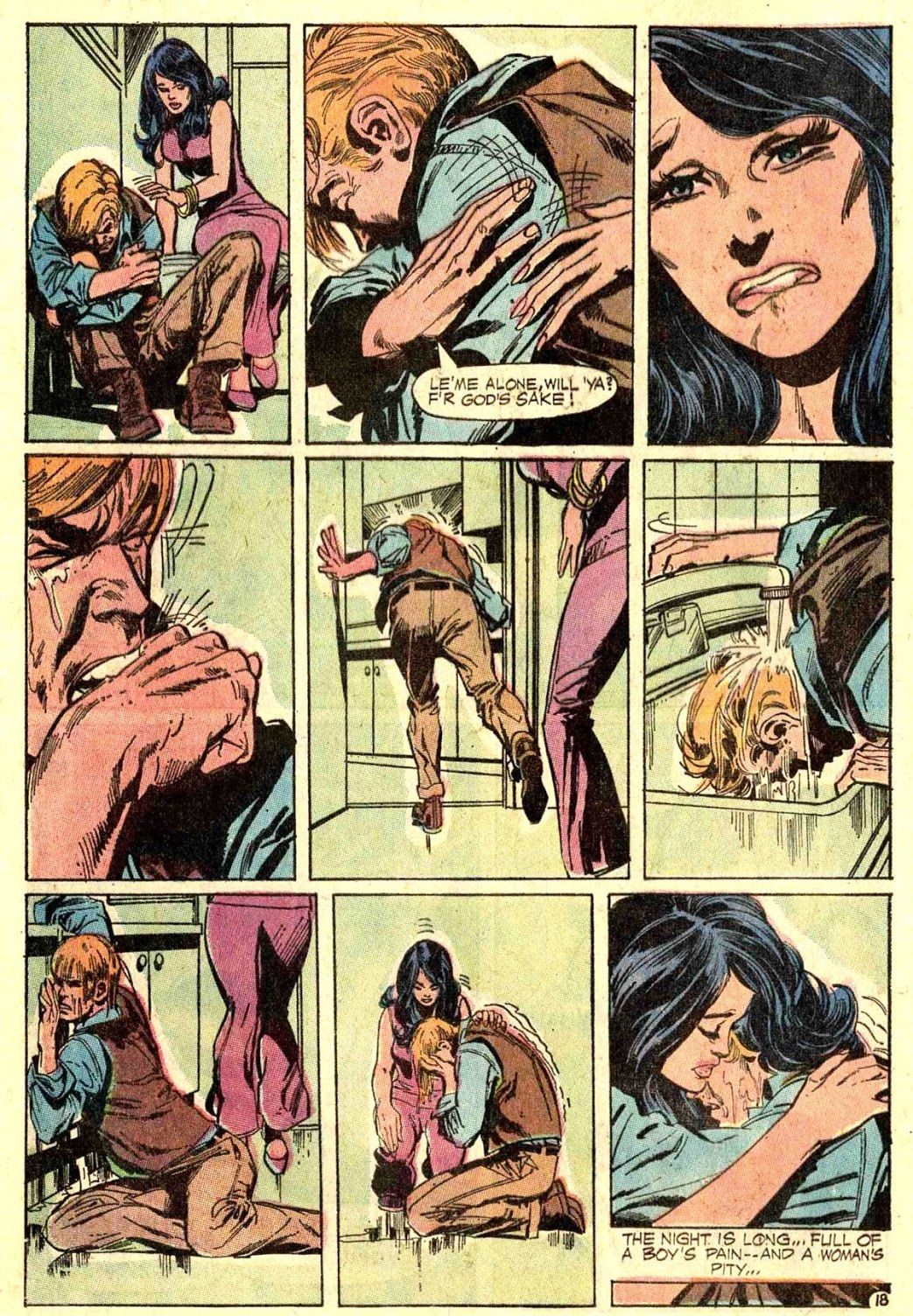In the latest Comic Book Legends Revealed, see how Neal Adams almost single-handedly got DC to break the Comics Code with an issue about drugs.
Welcome to Comic Book Legends Revealed! This is the eight hundred and thirty-seventh installment where we examine three comic book legends and determine whether they are true or false. As usual, there will be three posts, one for each of the three legends.This time around, it's all Neal Adams legends! Click here for the first part of this installment's legends.
NOTE: If my Twitter page hits 5,000 followers, I'll do a bonus edition of Comic Book Legends Revealed that week. Great deal, right? So go follow my Twitter page, Brian_Cronin!
COMIC LEGEND:
Neal Adams came up with the idea of doing a drug issue of Green Lantern/Green Arrow on his own, before DC was willing to even try to go against the Comics Code.
STATUS:
True
I have written a number of CBLR articles about the Comics Code and the effects of Amazing Spider-Man #96-98 being released without Comics Code approval and how that ultimately changed the Comics Code forever, but let's do a quick refresher before we go into Neal Adams' role in everything.
WHAT WAS THE DEAL WITH THE COMICS CODE AND THE DEPICTION OF DRUGS?
One of the annoying aspects of the Comics Code Authority was that there was not necessarily hard and fast rules all of the time. For instance, as I discussed in a Comic Book Legends Revealed, there wasn't even technically a rule against the depiction of drugs in comics, but rather there was the following rule:
All elements or techniques not specifically mentioned herein, but which are contrary to the spirit and intent of the code, and are considered violations of good taste or decency, shall be prohibited.
The Comics Code then GENERALLY read that rule as saying "you can't depict drugs." Since it wasn't in the actual Code, though, Stan Lee was irritated when the Nixon Administration actually contacted him and asked for him to have a Marvel Comic do an anti-drug message. He brought the idea to the Code, and they said no. There was a debate about changing the Code in the future.
Lee didn't want to wait, so he just decided to do the issues anyway and just not have the Comics Code on them. He later talked about it with Roy Thomas in TwoMorrows' Comic Book Artist #2:
Roy: Do you think that there were any bad feelings on the part of the Code over the Spider-Man drug issues?
Stan: That was the only big issue that we had. I could understand them; they were like lawyers, people who take things literally and technically. The Code mentioned that you mustn't mention drugs and, according to their rules, they were right. So I didn't even get mad at them then. I said, "Screw it" and just took the Code seal off for those three issues. Then we went back to the Code again. I never thought about the Code when I was writing a story, because basically I never wanted to do anything that was to my mind too violent or too sexy. I was aware that young people were reading these books, and had there not been a Code, I don't think that I would have done the stories any differently.
HOW DID NEAL ADAMS TRY TO GET DC TO BREAK THE COMICS CODE FIRST?
Meanwhile, hilariously enough, Neal Adams had previously come up with that same idea! He described the situation to Allen W. Wright on Wright's awesome Robin Hood site (Adams often told the same story in lots of places, so I could link to many different places for this one, but since I linked to Wright for the last legend, I figure I might as well stick with him):
[W]e hadn't handled drugs. And therefore, we had to kill the Comics Code, because that was the only way to do drugs. So I went home and, on my own, pencilled and inked and then lettered that first drug issue [cover] with Speedy [Green Arrow's former sidekick aka Roy Harper] as a junkie. And I handed it into my editor and he dropped it like a hot potato and said "What the hell are you doing, Neal? You're causing trouble again." I said "No, we oughta print this, Julie [editor Julius Schwartz]." He said "We'll never print this, it won't pass the Comics Code." He said, "First of all, Neal, this will never be printed -- never be printed -- and second of all, I will never pay you for it." I said "We'll see."
Here is that now iconic cover...
Adams then repeated the part about how Marvel put out the issues without the Code approval, and Adams noted that he checked in with Marvel during that whole deal, shocked that while DC was telling HIM no, Marvel was just DOING it. So after the Amazing Spider-Man issue came out, Adams checked with John Romita, who had been the regular Amazing Spider-Man penciler but had been more recently inking Gil Kane's pencils on the series:
I went back to Marvel, I was pretty welcome at Marvel, and talked to Johnny and I said "What happened with the book?" He said "Nothing. Nothing happened." I said "What do you mean nothing happened?" He said "Nothing. Nobody even noticed the Comics Code seal wasn't on the book." "Really? Are you kidding? Nobody noticed, nobody wrote a letter, no phone calls, nothing?" "Nothing," he said. "Nothing happened. Nobody cared." Well over at DC Comics they cared. They were having a f---ing conniption, they were going ape s--t. Because they had this cover on their desk for a couple of months and they didn't do anything. So within a week the publishers had a meeting of the Comics Code Authority and they basically took all the teeth out of the Comics Code. In about four days. And a week later, Julie Schwartz came to me and said "We're doing that book," and I said "So, you're going to pay me for that cover. Right, Julie?" He said "Get out of my room."
And so Oliver Queen got to learn that his ward was a drug addict!
As I've written before (I did it as both a legend and then as an Abandoned Love. Since the legend would require you to scroll down to read it, just read the Abandoned Love instead), Adams then actually also took control of the end of the story, writing a new ending where Roy punches Ollie for not being supportive enough while Roy got clean.
CHECK OUT A TV LEGENDS REVEALED!
In the latest TV Legends Revealed - Discover whether Kirk Cameron really had the TV wedding between his Growing Pains character, Mike Seaver, and Julie McCullough's Julie Costello, canceled becsause McCullough appeared in Playboy
PART THREE SOON!
Check back soon for part 3 of this installment's legends!
Feel free to send suggestions for future comic legends to me at either cronb01@aol.com or brianc@cbr.com




